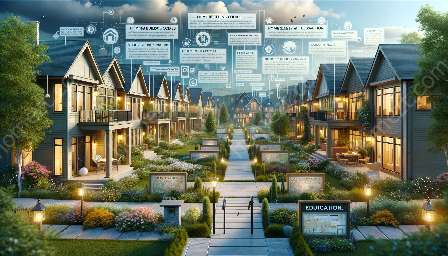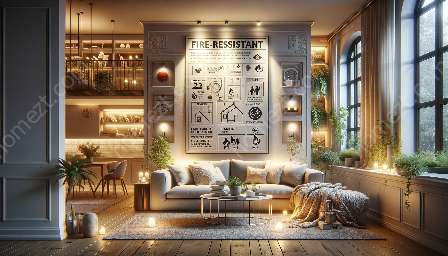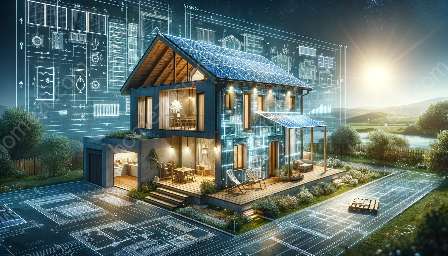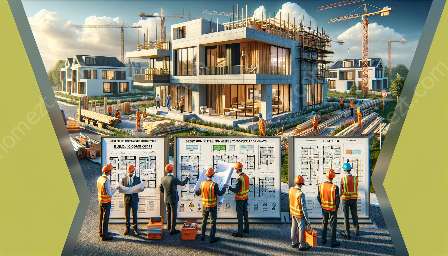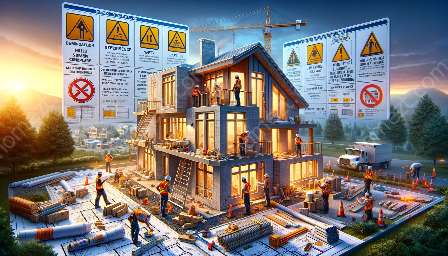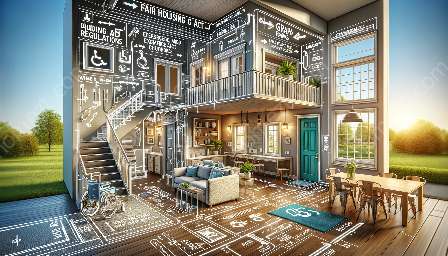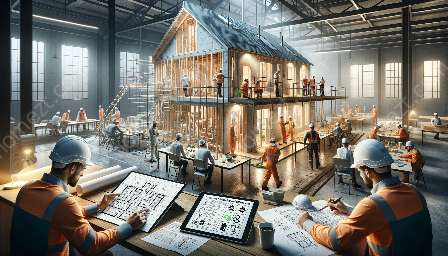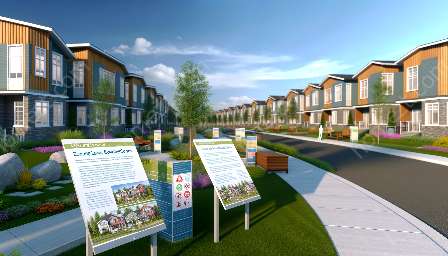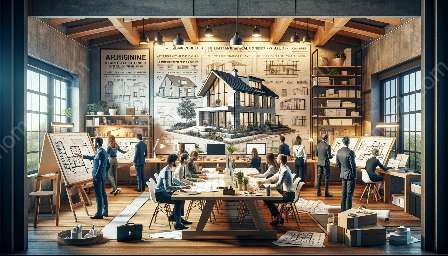Home building codes play a crucial role in ensuring that homes are constructed and maintained according to safety and security standards. These codes are designed to protect homeowners, residents, and the surrounding community from various risks and hazards. Let's explore the fundamental principles of home building codes and their significance in promoting home safety and security.
The Purpose of Home Building Codes
Home building codes are established to regulate the design, construction, and maintenance of residential structures. These codes encompass a wide range of requirements, including structural integrity, fire safety, plumbing, electrical systems, and accessibility. By adhering to these codes, builders and homeowners can create homes that are not only aesthetically pleasing but also safe and secure for occupants.
Guiding Principles of Home Building Codes
1. Safety: Safety is a primary concern in home building codes. These codes outline specific measures to mitigate potential risks such as fire hazards, structural failures, and electrical dangers. From the selection of construction materials to the installation of safety devices, every aspect of a home's design and construction is guided by safety principles.
2. Structural Integrity: Home building codes emphasize the importance of structural stability and durability. Requirements for proper foundation design, load-bearing capacity, and structural components ensure that homes are constructed to withstand natural disasters and other external forces.
3. Accessibility: Home building codes also address accessibility considerations, ensuring that homes are designed to accommodate individuals with disabilities. This includes features such as wheelchair ramps, accessible entryways, and adequate space for maneuverability.
4. Energy Efficiency: In response to environmental concerns, modern home building codes promote energy-efficient design and construction practices. From insulation requirements to efficient HVAC systems, these codes aim to reduce energy consumption and minimize the environmental impact of residential buildings.
Compliance and Enforcement
Adherence to home building codes is typically enforced through inspections conducted by local building authorities. Builders and homeowners must obtain permits and demonstrate compliance with relevant codes throughout the construction process. Failure to meet these requirements can result in delays, fines, or even legal consequences.
Impact on Home Safety & Security
Home building codes and safety regulations collectively contribute to the overall safety and security of residential properties. By incorporating fire-resistant materials, smoke detectors, and emergency escape routes, homes built in accordance with these codes are better equipped to prevent and respond to potential threats.
The adherence to electrical and structural standards also reduces the likelihood of accidents and structural failures, fostering a secure living environment for residents. Moreover, the emphasis on secure entryways, locks, and surveillance systems aligns with home security measures, further enhancing the protective aspects of home building codes.
Conclusion
As we have seen, the principles of home building codes are integral to the construction and maintenance of safe and secure homes. By upholding these principles, homeowners can have peace of mind knowing that their homes are built to withstand potential hazards and promote the well-being of their occupants. Compliance with home building codes not only ensures legal requirements are met but also fosters a culture of prioritizing safety and security in residential construction.

